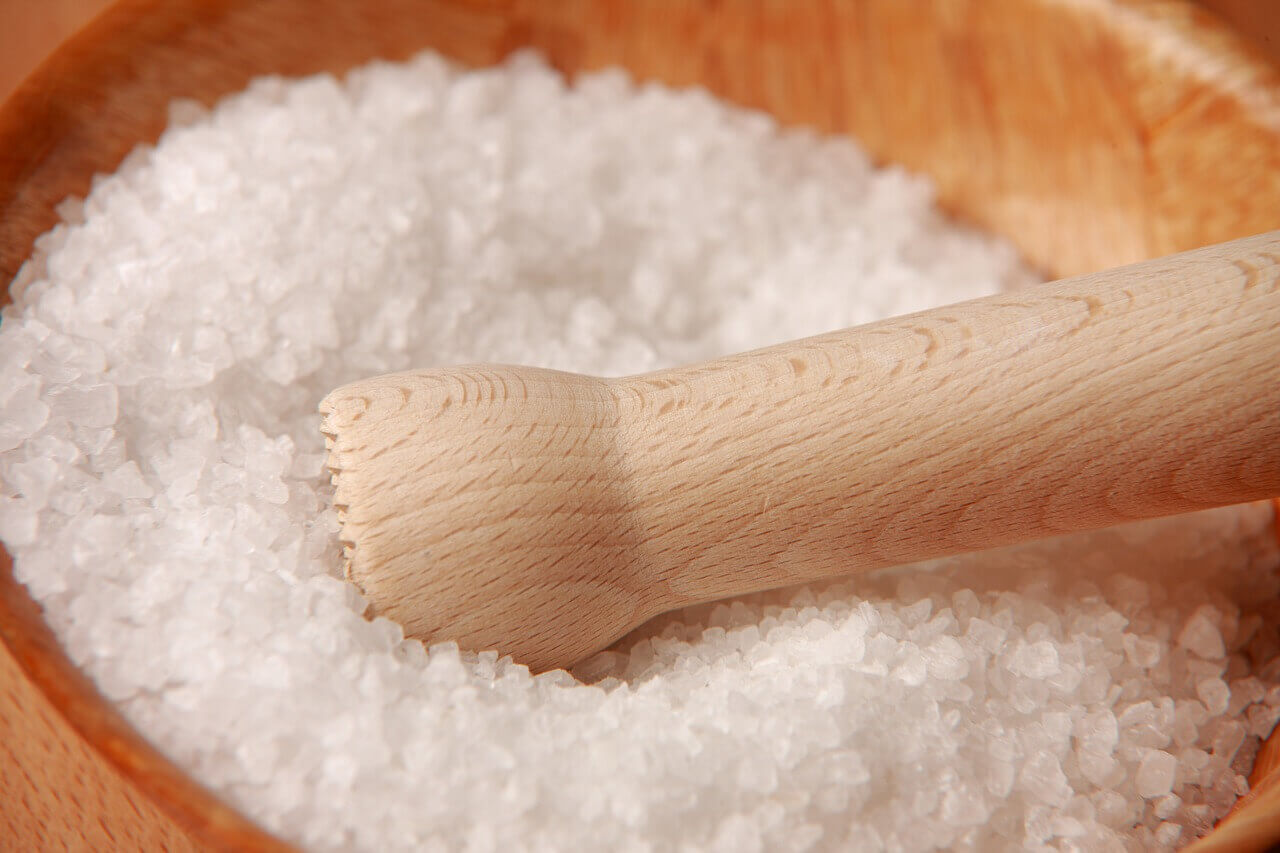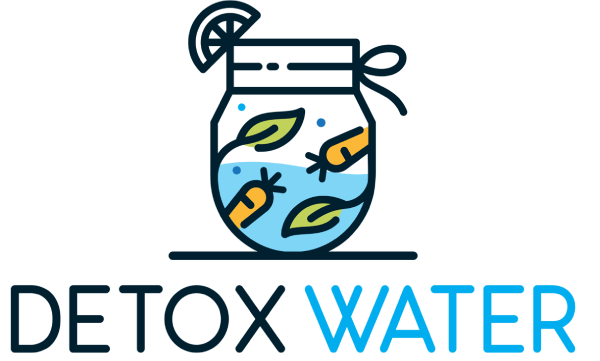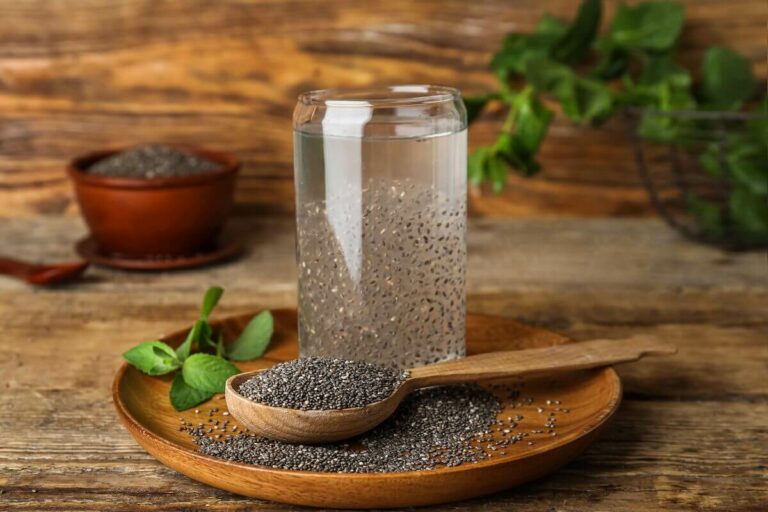Epsom Salt Detox Demystified: Benefits, How-Tos, and More

Epsom salts, not your typical table salt, are an age-old remedy praised for their extensive health benefits and uses. Named after a bitter saline spring in Epsom, England, Epsom salts are a naturally occurring compound of minerals made up of magnesium and sulfate. They’ve been used for centuries as a home remedy for many ailments, and in modern times, they’ve become popular for their purported detoxifying properties.
When used appropriately, Epsom salts have been claimed to support the body’s natural detoxification process; ingredients stimulate detoxification pathways in the lymphatic system and help to flush toxins out of the body. Moreover, they’ve found a significant role in beauty and wellness routines, notably scalp detoxification.
Contents
Detox Bath Using Epsom Salts
A detox bath using Epsom salts is a therapeutic bathing ritual designed to cleanse the body, calm the mind, and promote overall wellness. Adding Epsom salts to a warm bath and soaking allows your body to absorb beneficial minerals through the skin. This practice is believed to help remove harmful toxins, soothe sore muscles, relieve and reduce stress further, and promote better sleep.
Scalp detoxing involves massaging a mixture of Epsom salts with a carrier oil or hair conditioner into the scalp to help remove dead skin cells, oil buildup, and impurities that your everyday shampoo might leave behind.
The Science Behind Epsom Salts
Magnesium Sulfate (Epsom Salts)
Epsom salts, chemically known as magnesium sulfate, is a compound that includes magnesium, sulfur, and oxygen. Magnesium and sulfate are two micronutrients that are crucial to our health. Magnesium helps to regulate hundreds of body systems, including muscle and nerve function, blood glucose control, and energy production. On the other hand, sulfate helps with nutrient absorption, various detoxification pathways, and protein synthesis.
Understanding the Mineral Compound in Epsom Salt
The micronutrients in Epsom salt, sulfate, and magnesium work synergistically to bring about its beneficial effects. When dissolved in water, Epsom salt breaks down into sulfate and magnesium.
Through a process known as osmosis, these micros can be absorbed through the skin, replenishing magnesium levels in the body and assisting in the production of serotonin, a mood-elevating chemical in the brain.
This process can help promote a feeling of calm and relaxation, and it also plays a significant role in detoxification processes at a cellular level.
The Difference between Epsom Salt and Table Salt
It’s essential to differentiate Epsom salt from table salt. Despite the name, Epsom salt is not salt at all. Table one is primarily sodium chloride, a substance used for flavoring and preserving food. Epsom salt, on the other hand, is magnesium sulfate. While both have granular structures and are referred to as ‘salts,’ their composition uses, and effects on the body are quite different.
While too much table salt can lead to health problems such as high blood pressure, Epsom salt is known for its therapeutic and health-enhancing properties, including relieving muscle tension and promoting skin health.
Epsom salts and health
The link between healthy magnesium levels and bodily functions
A balanced magnesium level is the unsung hero behind a well-functioning system. This wonder mineral plays a pivotal role in over 300 enzymatic reactions within the body, including the metabolism of food, the synthesis of fatty acids and proteins, and the transmission of nerve impulses.
The body’s magnesium level also affects our overall energy production. To become biologically active, Adenosine triphosphate (ATP), fueling our cells, must bind with magnesium ions. So, without enough magnesium, your body would be running in low gear. Maintaining healthy magnesium levels can help prevent hypertension, cardiovascular disease, and diabetes.
The role of magnesium and sulfate in the body
Aside from magnesium, sulfate is the other star of the Epsom salt show. Sulfate is essential for many biological processes. It helps flush poisons and improves the absorption of nutrients, playing an instrumental role in the formation of brain tissue and joint proteins.
Health benefits of Epsom salts
Epsom salts are a treasure trove of health benefits. Regularly soaking in an Epsom salt bath can relieve muscle tension and pain and reduce joint inflammation. It helps soothe skin conditions like eczema and psoriasis, promotes sleep and relieves stress, and even supports the body’s detoxification.
How Epsom salt baths can help with muscle aches and pain relief
Dissolving Epsom salt in warm bath water creates a mineral-rich solution that can help relieve muscle pains and aches. The magnesium ions break apart from the salt molecules and begin to relieve muscle tension by promoting the production of serotonin— a mood-elevating chemical within the brain that creates a feeling of calm and relaxation.
The process of Epsom salt detox
Importance of Epsom salt baths in the body’s natural detoxification process
Epsom salt baths have long been hailed as a natural way to detoxify and remove poisons. The skin, our body’s largest organ, is a key player in detoxing.
Through sweating, it helps to eliminate poisons and substances that the body doesn’t need. An Epsom salt bath assists in this process by drawing these poisons and heavy metals out of the system.
How to draw out toxins with Epsom salt bath?
The beauty of an Epsom salt bath is in its simplicity. As the salts dissolve in warm water, they release sulfate and magnesium, a natural substance that softens skin. These ions are absorbed through the skin, drawing out harmful toxins and balancing your body’s functions.
Tips for a successful Epsom salt detox
There are a few key steps to harness the detoxifying power of Epsom salt fully. First, fill your bathtub with warm water – not too hot – and dissolve at least two cups of Epsom salt. Immerse yourself in a hot bath for at least 12 minutes, allowing your skin to draw toxins.
Repeat this process thrice a week, and remember to stay hydrated before and after your detox bath.
The benefits of adding essential oil to Epsom bath
Adding essential oils and baking soda to your Epsom salt bath can promote healing and restorative effects. For instance, lavender oil promotes relaxation and stress reduction, eucalyptus oil can clear the respiratory system, and tea tree oil has potent antibacterial properties. A few drops can turn your simple soak into a rejuvenating spa-like experience.
Other Ways to Use Epsom Salts
Water with Epsom Salt for Drinking and the Effects on the Digestive Tract
While Epsom salts are mostly known for their benefits in baths, they can also be consumed with plenty of water. In small, controlled amounts, drinking Epsom salt with water can act as a laxative, promoting bowel movements and alleviating constipation. This is due to the magnesium in Epsom salts, which helps draw water into the intestines, softening stools and encouraging bowel movement afterward.
However, drinking Epsom salt water should not be a daily routine; it’s best reserved for occasional use under the guidance of a healthcare professional.
Using Epsom Salt Foot Bath for Detox and Muscle Pain
One of the most popular alternative uses for Epsom salts is in a foot bath for soaking feet. Simply adding a cup or two to warm water can create a relaxing foot soak that is believed to help reduce swelling, soothe muscle aches, and release toxins easier.
Magnesium can also help relax muscles, further reducing pain and tension. Plus, a foot bath can serve as a form of self-care, offering tranquillity after a long day.
Epsom Salt, Lemon Juice, and Olive Oil Mixture for Skin Health
Epsom salt combined with lemon and olive oil can make a nourishing and detoxifying skin scrub. The salts act as an exfoliant, sloughing away dead skin cells, while lemon provides a dose of vitamin C and antioxidants, and olive oil moisturizes and softens the skin. This mixture can leave your skin feeling rejuvenated and more radiant.
Precautions and Considerations
Potential Risks and Precautions When Drinking Epsom Salt
While drinking Epsom salt water can help with occasional constipation, it’s important to remember that it’s not intended for regular use.
Overconsumption can lead to serious health problems, including magnesium overdose, which can cause nausea, dizziness, and in severe cases, irregular heartbeat and cardiac arrest. Always follow dosage instructions and consult with a healthcare professional before use.
Understanding the Importance of Maintaining Balanced Magnesium Levels
Magnesium is essential for hundreds of physical functions, but it’s best in moderation, like all things. Too little magnesium can lead to fatigue and muscle cramps, while too much can have serious health consequences. Ensuring a balanced diet rich in magnesium, rather than relying on supplements or Epsom salts, is the best way to maintain healthy levels.
Extra Precautions for Specific Groups
Specific individuals need to exercise extra caution with Epsom salts. For example, pregnant women should always consult their doctor before using Epsom salts, whether in a bath or as a laxative. Individuals with kidney or severe heart disease should also avoid Epsom salts due to their body’s inability to process magnesium efficiently.
Recommendations to Support Detoxification
As part of any detox regimen, it’s crucial to stay hydrated. Water aids in removing toxins and maintaining optimal bodily functions. Additionally, a balanced diet, regular exercise, and adequate sleep all contribute to your body’s detoxification.
Remember, detoxing isn’t a quick fix but part of a more significant lifestyle that promotes overall health and well-being.

Zeynep is a Dietitian and holds B.S. in Nutrition and Dietetics. She has a wide range of experience with patients, particularly in alternative medicine, oncology nutrition, hospital dietitian, neurological disease, and bariatric field.






